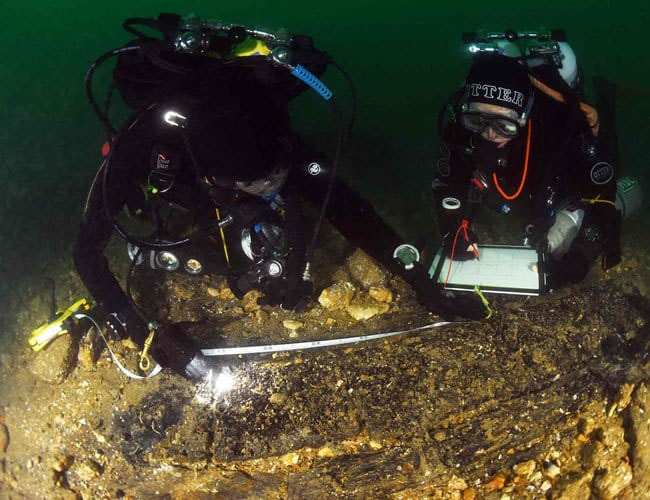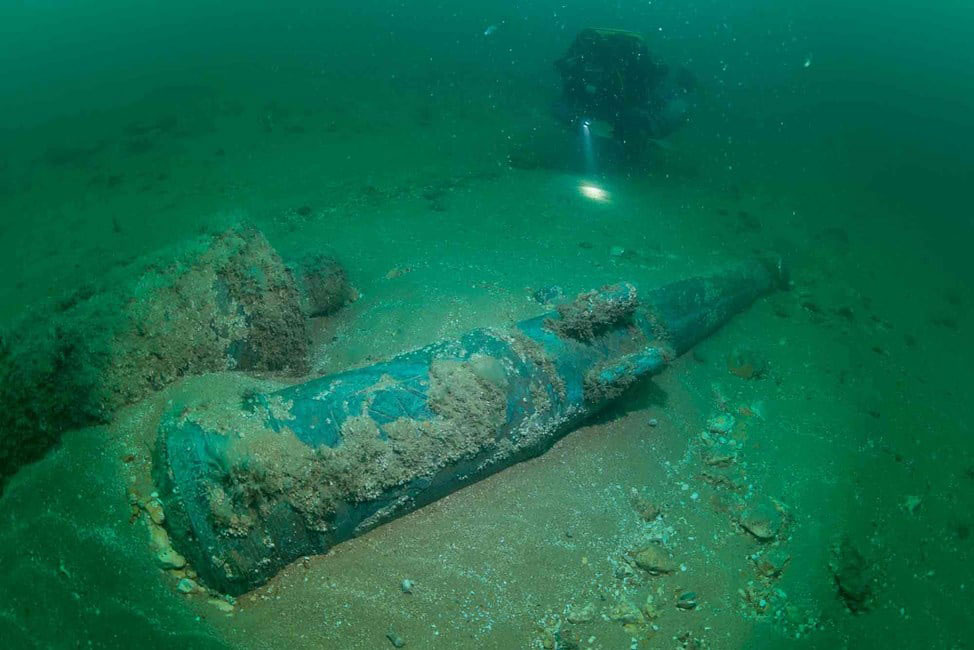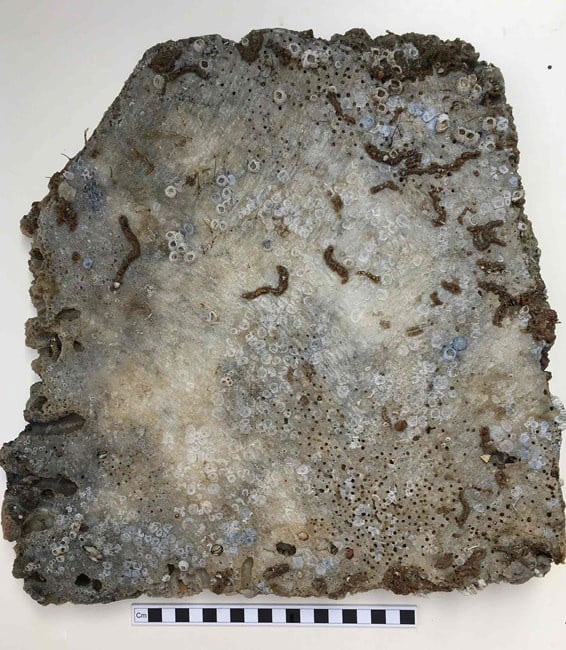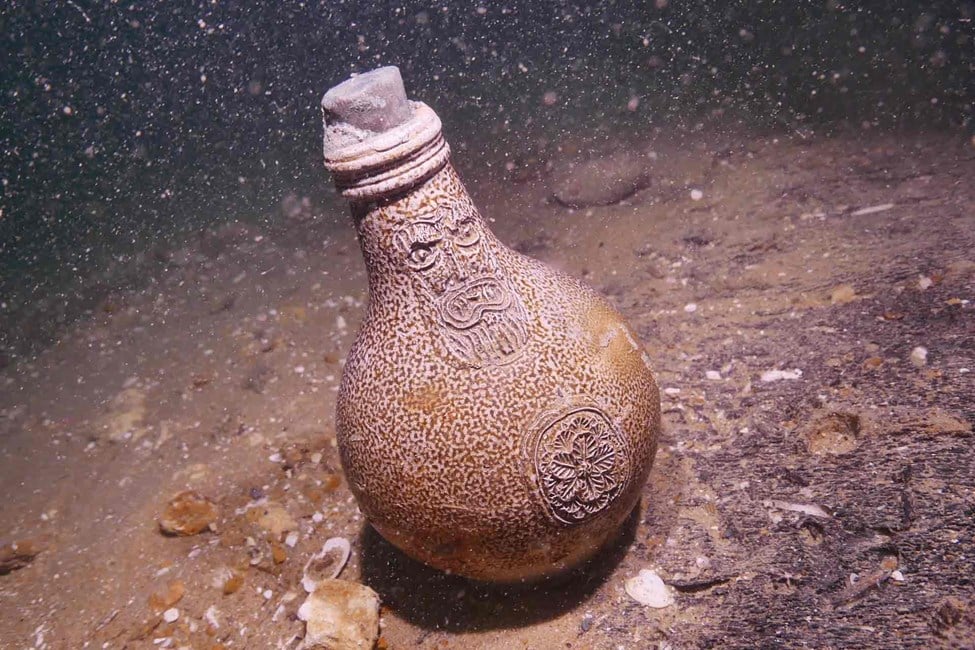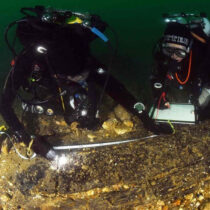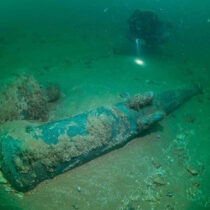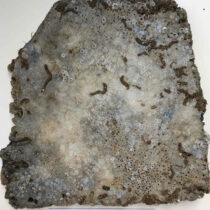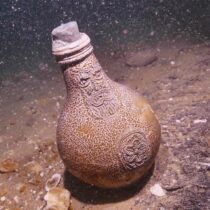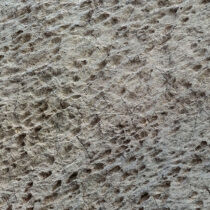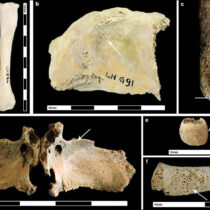An unknown Protected Wreck off the coast of Sussex has been identified as the 17th-century Dutch warship Klein Hollandia. Built in 1656 and owned by the Admiralty of Rotterdam, the ship was involved in all major battles in the second Anglo-Dutch war (1665-1667).
Over the past year, specialists from Historic England, Cultural Heritage Agency of the Netherlands (RCE) and the Nautical Archaeology Society have been working on its identification through evidence gathered during dives of the wreck by a team of professional and volunteer divers, as well as through archival research and dendrochronological (tree ring) analysis of the wood samples. Until now, the wreck, which lies 32 metres underwater on the seabed, was known as the ‘Unknown Wreck off Eastbourne’ – but it has now been identified as the Klein Hollandia (built 1656 – sank 1672).
Discovered in 2019, the Klein Hollandia was considered so important that it was granted the highest level of protection in the same year, under the Protection of Wrecks Act 1973. This year (2023) marks 50 years of the Act.
Only licensed divers are allowed to dive to the wreck site. The wreck was discovered by Eastbourne dive operator David Ronnan and reported to Historic England. David Ronnan and Mark Beattie-Edwards from the Nautical Archaeology Society are the licensees and have been investigating the wreck since its discovery.
The condition of the wreck is remarkable and could offer a wealth of information about how 17th-century Dutch ships were built and the activities of the warship during its final voyage. Material found on the seabed includes much of the wooden hull, cannons, Italian marble tiles and pieces of Italian pottery. The marble tiles came from the Apuan Alps quarries close to Carrara in Italy. They were conserved by Historic England archaeological conservators, prior to the investigations. The marble tiles were bound for the Netherlands and would have been used to build high-status homes.
The Dutch warship
The Klein Hollandia, owned by the Admiralty of Rotterdam, was involved in all major battles in the second Anglo-Dutch war (1665-1667).
In 1672, the ship was part of the squadron of Admiral de Haese to escort the Smyrna fleet while sailing from the Mediterranean into the English Channel, en-route to the Netherlands. At the Isle of Wight, the squadron was attacked by an English squadron under Admiral Holmes.
A fierce battle broke out on the second day, 23 March, resulting in the Klein Hollandia being damaged severely. The commander of the ship, Jan Van Nes was killed in action. The ship was boarded and conquered by the English, but shortly after the Klein Hollandia sank with both English and Dutch sailors on board. This surprise action by the small squadron under Sir Robert Holmes and Sir Frecheville Holles contributed to the start of the Third Anglo-Dutch War.
First discovery of the site
The wreck was first classified as an anomaly on the seabed during a hydrographic survey in 2015 by the UK Hydrographic Office. It wasn’t until 2019 that David Ronnan, a local dive operator working out of Eastbourne, confirmed the early indications of the survey and discovered a shipwreck. After reporting the discovery to Historic England, he and Mark Beattie-Edwards from the Nautical Archaeology Society (NAS) became the wreck licensees.
Since 2019, staff and volunteer divers from the NAS have undertaken 282 dives on the site and have built up a comprehensive picture of what is on the seabed.
Identifying the wreck as a Dutch warship
In August 2020, all the clues were pointing towards the wreck being of Dutch origin, given the analysis of the finds and historical research conducted in the UK and the Netherlands. The RCE funded a survey by the NAS, including the recovery of two cut stone tiles for analysis by Historic England experts.
Petrographic examination (the use of microscopes to examine rock), mineral composition and isotope analysis identified the stone as being marble from the Apuan Alps quarries close to Carrara, Italy, home to some of the finest marble in Italy.
Site at risk
In 2021, damage to the site was documented by NAS divers, which led to a joint decision by the RCE and Historic England to support further investigation of the wreck. The three organisations are involved in a project to forensically mark the objects on the seabed. This is a new form of technology that makes objects traceable: a large step forward in the protection of vulnerable underwater archaeological sites.
Netherlands maritime heritage in British waters
This research is part of a larger campaign of fieldwork and maritime heritage projects in which the UK and the Netherlands closely collaborate to preserve their shared maritime heritage. Both countries endorse the importance of this mutual collaboration and intend to continue this by exchanging knowledge, conducting joint research and supporting conditions to preserve maritime heritage in the future.
